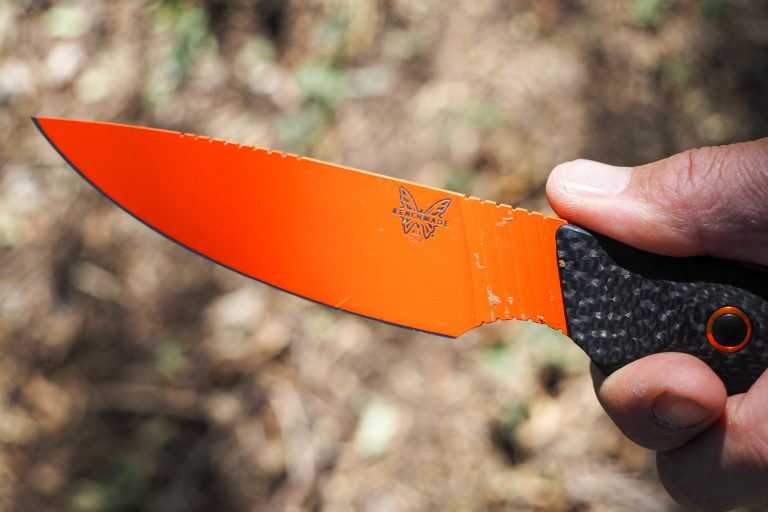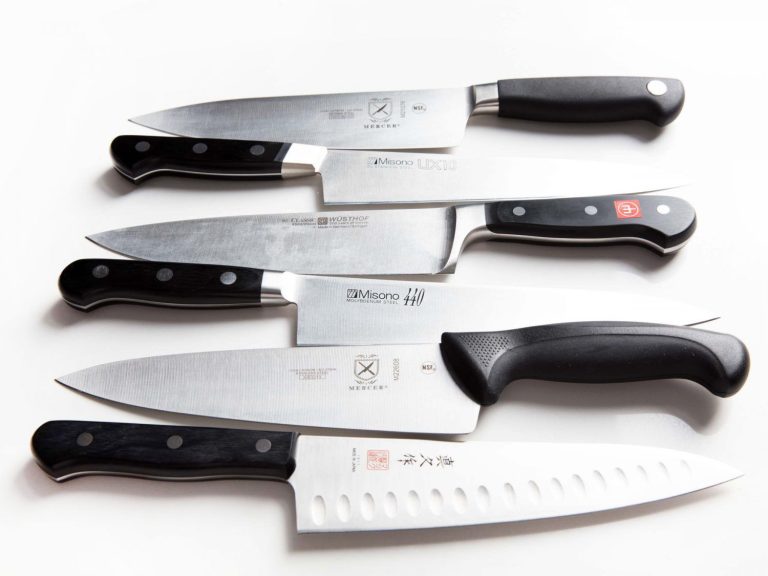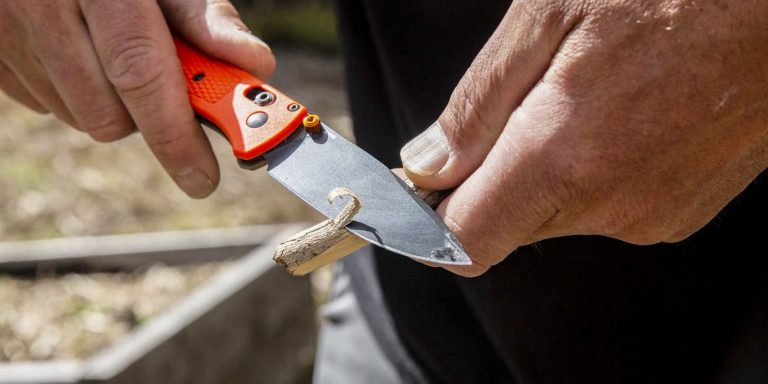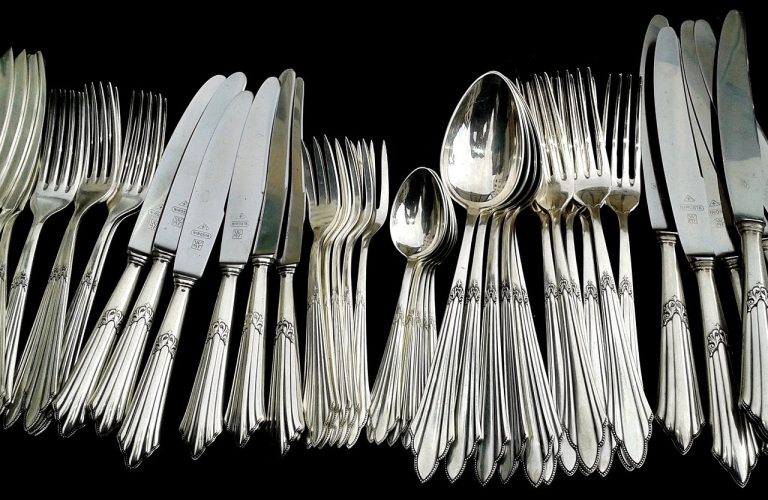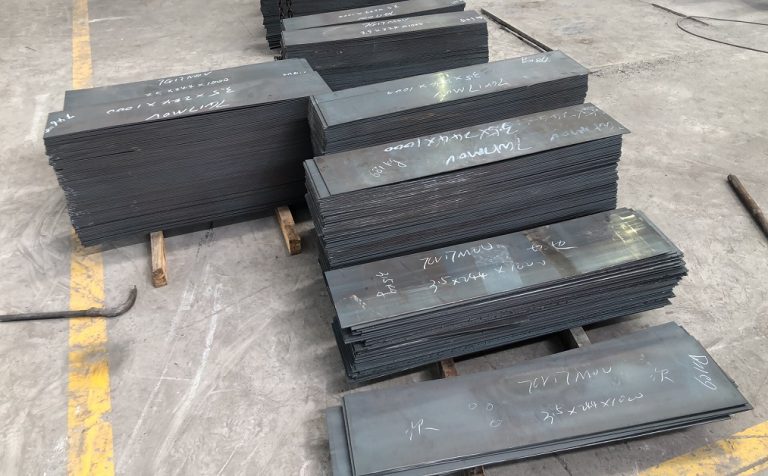Utility Knife Vs Chef Knife: Unleashing the Sharp Edge!
A utility knife is a versatile tool for everyday tasks, whereas a chef knife is designed specifically for food preparation. Utility knives are compact and ideal for small cutting and slicing tasks, while chef knives are larger and more efficient for chopping and dicing ingredients.
In the kitchen, having the right tools can make a world of difference. When it comes to knives, two options that often come up are utility knives and chef knives. Both knives serve different purposes, and understanding their differences can help you make an informed decision on which one to choose.
We will compare utility knives and chef knives to help you determine which one is best suited to your needs. So whether you’re a professional chef or a home cook, read on to find out more about these indispensable kitchen tools.
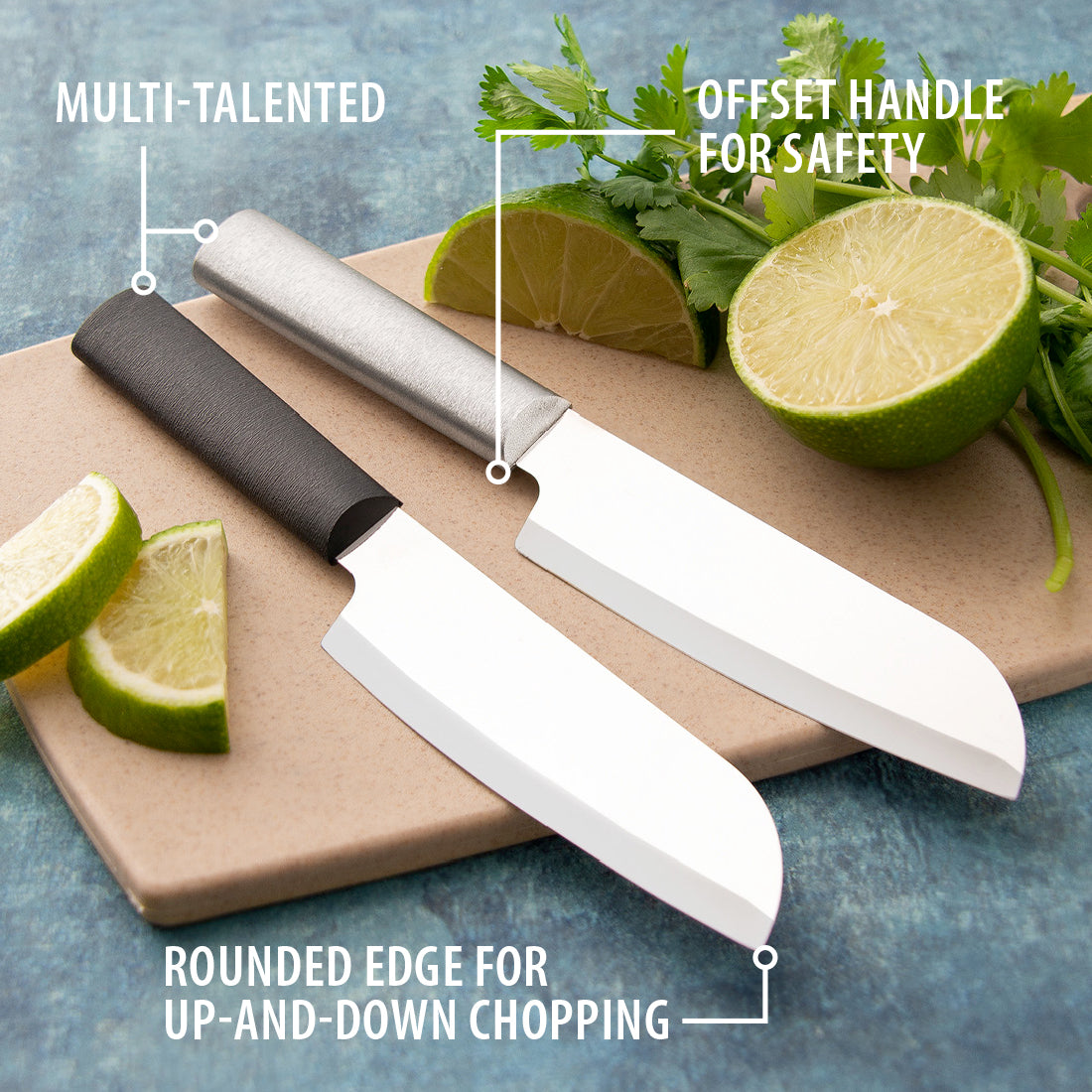
Credit: products.radacutlery.com
Essential Knives For Every Chef
What makes a good kitchen knife? A good kitchen knife is essential for every chef. It is important to understand the anatomy of a knife to know which one suits your needs. The chef knife is known for its versatility, with a sharp edge that can handle a variety of tasks in the kitchen. On the other hand, the utility knife is practical and efficient, perfect for smaller, more precise cuts. When it comes to choosing between a chef knife and a utility knife, it ultimately depends on the specific needs and preferences of the chef. Whether you need a knife for everyday cooking or professional culinary work, understanding the differences between these two knives will help you make an informed decision.
The Battle Of Utility Knife Vs Chef Knife
The Battle of Utility Knife Vs Chef Knife
Blade design: A closer look
Chef knives boast a blade design that is versatile and well-suited for various cutting tasks. With a broad and curved edge, they excel at tasks requiring precision and control. On the other hand, utility knives are designed with a narrower and straighter blade, making them ideal for intricate cutting and slicing smaller ingredients.
Size and Weight: A matter of preference
Chef knives usually have a larger size and weight, offering more stability and allowing for efficient chopping. These qualities make them suitable for handling heavier ingredients and tackling larger cutting tasks. In contrast, utility knives are smaller and lighter, making them easier to maneuver and suitable for detailed work or when a lighter touch is required.
Cutting Techniques: Which knife excels?
Chef knives are exceptional when it comes to slicing, dicing, and chopping a variety of ingredients. Their long and sharp blade enables precise and efficient cutting motions. Utility knives, however, shine in tasks that demand accuracy and control, such as peeling, trimming, and creating intricate designs on fruits and vegetables.
Common Uses: When to reach for which knife
| Chef Knife | Utility Knife |
|---|---|
| Perfect for multi-purpose tasks like prepping vegetables, slicing meats, and chopping herbs. | Ideal for specialized tasks such as peeling fruits, deveining shrimp, or trimming fat from meat. |
Choosing The Right Knife For Your Needs
Choosing the right knife for your needs requires assessing your cooking style and needs. Factors to consider when selecting a knife include comfort and grip, blade material and durability, maintenance and sharpening, as well as price considerations for finding the best value. Popular brands and recommendations can also help guide your decision.
Comfort and grip are important for extended periods of use. Look for a knife that feels secure and comfortable in your hand. Blade material and durability should be considered for longevity and performance. Knives made from high-quality stainless steel or carbon steel are popular choices.
Maintenance and sharpening are essential for keeping your knife in top condition. Some knives require special care and sharpening tools, while others are more user-friendly in this regard.
Price considerations will vary based on your budget, but it’s important to find a knife that offers good value without compromising on quality. Researching popular brands and seeking recommendations from trusted sources can help narrow down your options.
| Comfort and grip | Look for a knife that feels secure and comfortable in your hand |
| Blade material and durability | Choose knives made from high-quality stainless steel or carbon steel |
| Maintenance and sharpening | Consider the care and tools required for maintaining and sharpening the knife |
| Price considerations | Find a knife that offers good value without compromising quality |
| Popular brands and recommendations | Research well-known brands and seek recommendations from trusted sources |
Mastering Knife Skills: Tips And Techniques
When it comes to knife skills, mastering the basics is essential for any aspiring chef or home cook. Proper grip and hand positioning are the building blocks of efficient cutting. For a chef knife, a firm grip with your index finger and thumb on the blade and the rest of your fingers wrapped around the handle allows for precise control. Using a rocking motion, smoothly glide the blade back and forth to effortlessly chop herbs or vegetables.
In contrast, a utility knife is best suited for straight cuts. Hold the knife with a relaxed grip, ensuring your fingers are safe from the sharp edge. With a simple push and pull motion, slice through meats, fruits, and other ingredients with ease.
Regardless of the knife you use, safety should always be a priority. Pay attention to your surroundings, keep your knives sharp, and avoid distractions while cutting.
To maintain the longevity of your knives, they require honing and sharpening. Regularly hone your blades with a honing rod to realign the edges and keep them sharp. When necessary, sharpen them using a professional sharpening tool or seeking the services of a professional.
Final Thoughts: Chef Knife Or Utility Knife?
The utility knife and chef knife are both essential tools in any kitchen. While the utility knife is versatile and perfect for everyday tasks like chopping vegetables or carving meat, the chef knife offers greater precision and control for more intricate preparations. However, rather than choosing between the two, it is important to recognize the value of having both knives in your kitchen.
By understanding the strengths and weaknesses of each knife, you can make the most of your knife collection. The utility knife’s smaller size and sharpness make it ideal for tasks that require agility and precision. On the other hand, the chef knife’s longer, heavier blade allows for effortless slicing and chopping. Having both knives at your disposal enhances your culinary skills and allows you to tackle a wider range of recipes.
Ultimately, the decision between the utility knife and chef knife depends on the task at hand. Whether you’re a professional chef or a home cook, both knives bring unique qualities to the table. So why limit yourself to just one? Invest in both knives and elevate your cooking experience.
Conclusion
Both the utility knife and the chef knife are valuable tools in the kitchen, each with its own unique strengths. The utility knife, with its versatility and precision, excels at delicate tasks such as slicing tomatoes or filleting fish. On the other hand, the chef knife’s larger size and curved blade make it ideal for chopping, dicing, and mincing a wide range of ingredients.
It’s important to consider your specific needs and cooking style when choosing between these two knives. When selecting a knife, prioritize a comfortable handle that provides a secure grip to avoid accidents while working. Invest in high-quality knives that are durable and retain sharpness over time.
Remember to regularly sharpen and maintain your knives to ensure their longevity. Overall, having both a utility knife and a chef knife in your kitchen arsenal can offer the best of both worlds. Whether you’re a professional chef or a home cook, these knives will undoubtedly be your indispensable companions in the culinary world.
Happy cooking!

